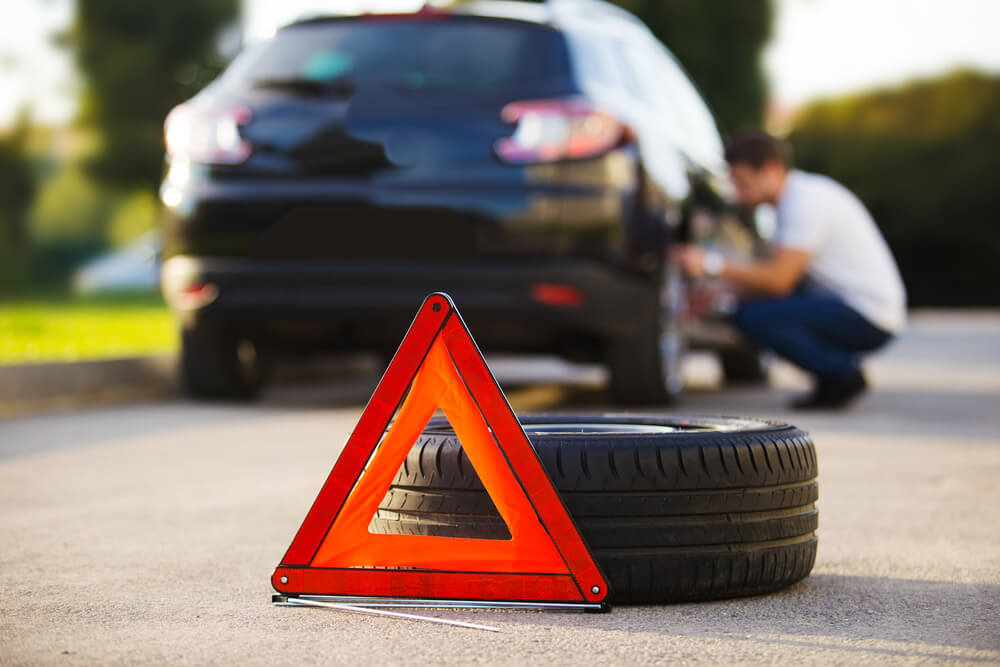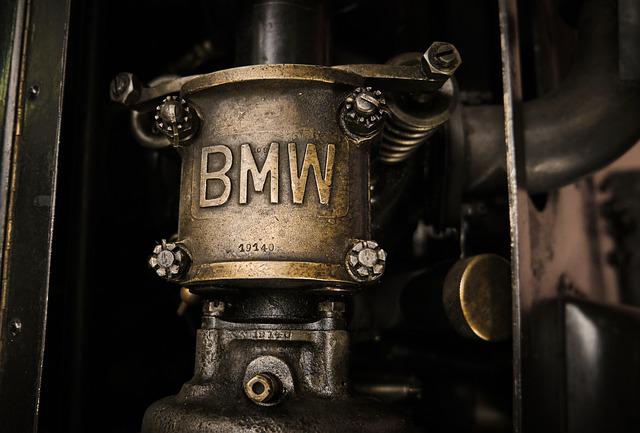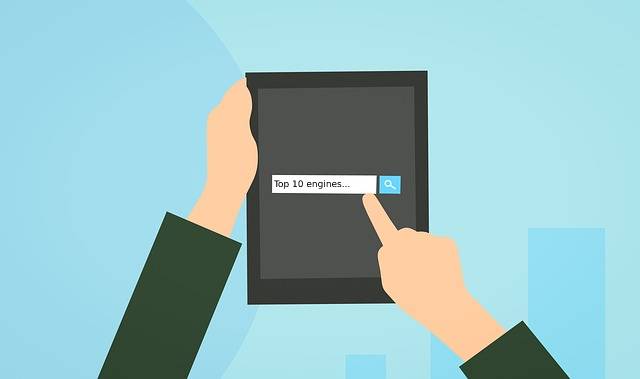Common Tyre Problems: What All Can Cause Trouble?
Find Used Engines and Transmissions for a Great Price! Live Assistant For Used Engines Call 1800-518-9776

Tyres are an essential component of a vehicle. These are the departments that bear the weight of the vehicle as well as the passengers sitting inside. And just like any other part of the car, tyres too need proper care, as they also face the wear and tear of time. Avoiding any damage to this part of the car is unavoidable. What we can do is keep an eye out for any type of damage coming our way.
Here is a blog dedicated to common tyre problems that might arise with your vehicle.
Flat Tires: What can be its causes?
Perhaps the most frequent and annoying tyre issue that drivers experience is a flat tyre. They happen when a tyre loses all or nearly all its original air pressure, making the car unstable and difficult to drive. Flat tyres can be caused by a number of things:
-
Punctures: Sharp objects on the road, such as nails, screws, or pieces of glass, can pierce the surface of your tyre, causing air leakage.
-
Damage to the Valve Stem: Over time, a faulty or damaged valve stem can slowly leak air, finally resulting in a flat tyre.
-
Tyre Bead Leak: Air loss may occur if the seal between the tyre and the wheel rim is damaged or broken, which is frequently the result of corrosion.
What is tread wear?
The slow degradation of the grooved pattern on a tire's surface, which offers traction and grip on the road, is referred to as tyre tread wear. It happens gradually as a result of frictional wear caused by the tire's interaction with the road surface. Although tread wear is an unavoidable occurrence, it can be sped up by things like incorrect tyre pressure, aggressive driving, and irregular tyre rotation. It's important to keep an eye on tread wear since tyres with worn tread have less traction, which raises the probability of accidents, especially in slick or wet conditions. Road safety depends on replacing tyres with adequate tread depth.
Tyre damage: How does it cause problems?
Tyre damage can cause several problems, which can put the safety of the people on the road at risk, along with the performance of the vehicle. Some of these problems are,
-
Uneven Wear: Damaged tyres frequently experience uneven wear, which affects handling and may lead to alignment problems.
-
Reduced Fuel Efficiency: Tyre damage may boost rolling resistance, which lowers fuel efficiency and raises operating expenses.
-
Reduced Traction: Damage like bulges, cuts, or punctures can weaken the tire's skeleton, which decreases its ability to hold onto the road.
-
Safety Risks: Tyre degradation poses a serious safety risk because it can cause accidents, loss of control, and poor braking ability.
Alignment issues with tyres
Tyre alignment problems are caused by the wheels of a vehicle being out of alignment with one another and with the structure of the vehicle. For maximum handling, tyre longevity, and safety, proper alignment is crucial. When the stances of the wheels diverge from the manufacturer's recommendations, alignment problems develop:
-
Hitting Obstacles: Hitting things like road debris or curbs might cause your wheels to become out of alignment.
-
Worn Suspension Parts: Over time, misalignment can be caused by worn-out suspension parts.
Ageing tyre solutions
For road safety, it's essential to take care of deteriorating tyres. Tyres lose performance and present safety issues as they age because the rubber compounds in them deteriorate.
Tyres should be kept cold and dry while not in use, and prolonged exposure to sunlight should be avoided. Regardless of the level of the tread, replace tyres that are more than six years old to ensure safety.
Ageing tyre solutions
Here are some of the most common differences between an over-inflated and under-inflated tyres, while both are equally problematic.
| Characteristics | Over-inflated | Under-inflated |
|---|---|---|
| Handling | Reduced traction and grip. | Reduced steering control. |
| Tyre pressure | The pressure is too high. | Pressure is too low. |
| Tyre wear | The centre tread wears faster. | The outer tread wears quickly. |
| Fuel efficiency | Potential improvement. | Decreased fuel efficiency. |
| Comfortability | Harsh ride due to stiffness | Soft ride but less stability. |
What causes uneven wear?
-
Punctures: When a foreign object, for example, a nail, screw, or piece of sharp debris, pierces the tread of the tyre, a hole results. Tyre pressure may drop gradually or suddenly as a result of this gap, allowing air to escape. The degree of punctures can vary, from little leaks that can be patched to significant punctures that require tyre replacement.
-
Leakage: Tyre leakage is the gradual loss of pressure in the tyre over time, frequently due to causes other than punctures. Damaged valve stems, rusted wheel rims, or inadequately sealed tyre beads are other common culprits. Under-inflated tyres can compromise handling, fuel economy, and safety due to leakage
Blowout as a common tyre problem
A blowout is a serious and potentially dangerous tyre issue characterised by the tyre rupturing suddenly and explosively while the vehicle is moving. When a tyre suffers excessive internal pressure or overheats, it might burst, which is a disastrous event. Blowouts can happen for a number of reasons:
-
Overloading can be a common cause.
-
Old or worn out tyres can be at a higher risk of blowout.
-
Under-inflation can be another reason.
-
High speed driving can heat up the tyres and might result in blowout.
Alignment issues with tyres
Tyre alignment problems are caused by the wheels of a vehicle being out of alignment with one another and with the structure of the vehicle. For maximum handling, tyre longevity, and safety, proper alignment is crucial. When the stances of the wheels diverge from the manufacturer's recommendations, alignment problems develop:
-
Hitting Obstacles: Hitting things like road debris or curbs might cause your wheels to become out of alignment.
-
Worn Suspension Parts: Over time, misalignment can be caused by worn-out suspension parts.
Conclusion
Every car owner has to understand the typical tyre issues and their causes. You may steer clear of these concerns and increase your road safety by doing routine maintenance, exercising caution, and attending to any problems as soon as they arise. Keep in mind that maintaining your tyres properly not only improves how you drive but also lengthens their lifespan, saving you money over time and ensuring the safety of you and your passengers.
Engines are the heart of any car, as the main functions from starting to stopping are done here. We, at Used Engines Inc., provide our customers with quality used transmissions and engines so that your car can have a long and healthy life.
related
You May Also Like

Which BMW Has the Most Horsepower?
A car is useless if it doesn’t have good horsepower. Just imagine driving your car with sluggish acceleration and it drags on the road whenever you take it for a spin.
Read Article
10 Best Engines Made So Far By Top Engine Manufacturers
Over the years, the car industry has seen major changes. Car engines have become smarter and it looks like every new engine that rolls out is better than the other.
Read Article
How to Make Your Car Last Forever?
Isn’t it lovely when a new car works the way you want? The gears shift smoothly and the wheels roll without dragging against the road. But as your car gets older, you’ll notice that it doesn’t drive smoothly, has lower fuel mileage, and overheats easily.
Read Article